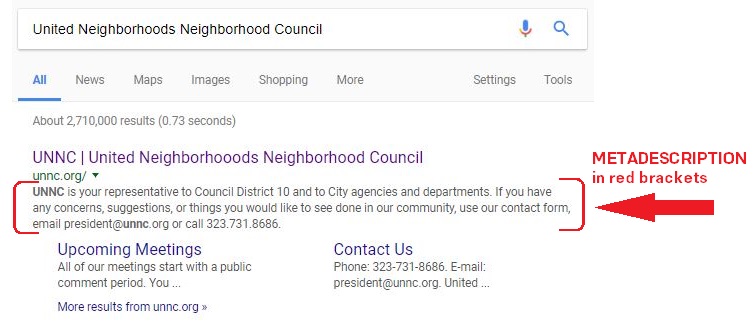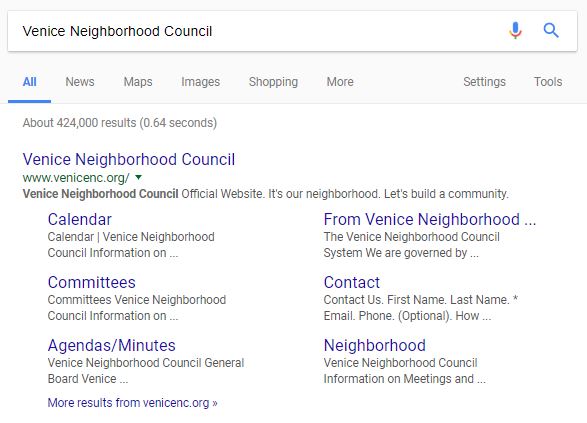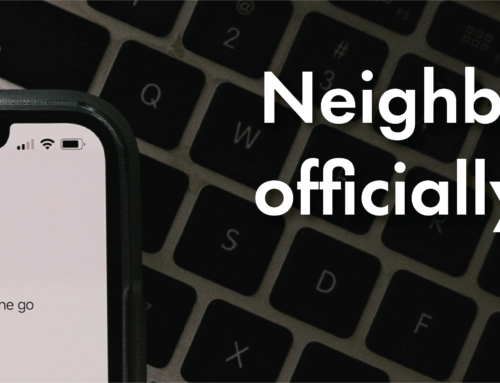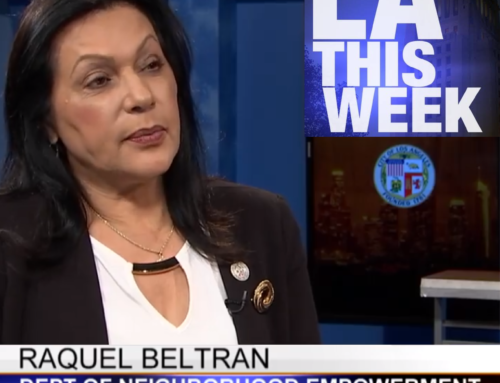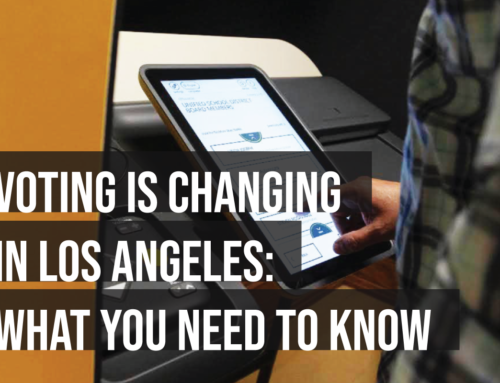When someone searches for your Neighborhood Council online, your meta description is the first thing they see. Meta descriptions are the short website summaries Google and other search engines display, so it’s important that yours clearly describes who your Council is and what you do. Here’s how to find yours, and how to write a new one if you need it.
This is Part 4 in a series about SEO (search engine optimization) for Neighborhood Councils. If you haven’t read them yet, here are links to Part 1 (what is SEO), Part 2 (finding the right keywords), and Part 3 (how to write with keywords).
Neighborhood Councils may not be competing for customers the way e-commerce merchants do, but they still need to help their stakeholders find them online and get the information they need. Your meta description helps readers decide whether your Council – and your Council’s website – are useful and relevant to them.
How to find your meta description
To find your meta description, open a search engine like Google or Internet Explorer, and enter your Neighborhood Council’s name in the search bar. Your meta description is the short blurb that comes up right under your website title. It’s the short paragraph marked in red on this screenshot of the Google results for United Neighborhoods Neighborhood Council:
What should be in your meta description: Great NC examples
United Neighborhoods has a great meta description that clearly describes their role in the City, and tells you their location (in Council District 10). It also gives their contact info, which is a convenience for anyone who was looking them up in order to get in touch, as that person can now just phone or email UNNC without having to click through and find that info on the website.
Venice Neighborhood Council also has a nice metadescription, seen here:
Though VNC takes a different approach, it’s still very effective, as their references to neighborhoods and community-building describe the work they do – perfect for readers who don’t know what Neighborhood Councils are. Note that Venice doesn’t use a location reference in their meta description, since their location is already contained in their Council’s name.
Meta description length & character count
While there are different ways to create a memorable and useful metadescription that connects well with your stakeholders, they have fairly strict word and character count limits. If yours is longer than recommended, it will be cut off, and that cut might come at an awkward place.
Parameters change over time, and vary between search engines. However, the SEO experts at Moz recommend that you keep meta descriptions under 160 characters in length (this includes spaces). This length should ensure that your meta description displays in full on any popular search engine.
Getting your new meta description online
If you wish to replace your Council’s meta description and have access to the administrative back end of your website, there will be a field labeled “meta description” that you can paste your new descriptive snippet into.
If you don’t know how to access the administrative panel of your site, but have a web vendor or webmaster who maintains the site for you, it’s still a good idea to write the snippet yourself, or at least draft it, before giving it to that person to post. Your web vendor is an expert on building and maintaining websites, but you are the expert on your local community, so the best results come from the two of you contributing your different yet essential expertise to projects like this one.
In our next SEO basics articles, we’ll talk about other things you can tweak to improve and enhance your Neighborhood Council’s online visibility and digital reach.
****************
Outreach Tip Of The Week is an ongoing series on using communications, branding, marketing, and public relations to build better relationships with your stakeholders. Send your outreach questions to annmarie@empowerla.org for the chance to be featured in a future Outreach Tip article.



